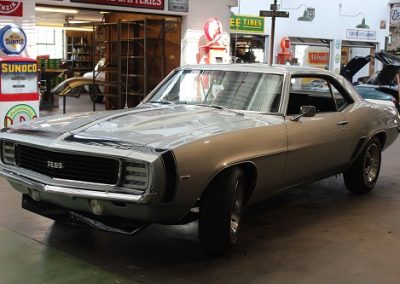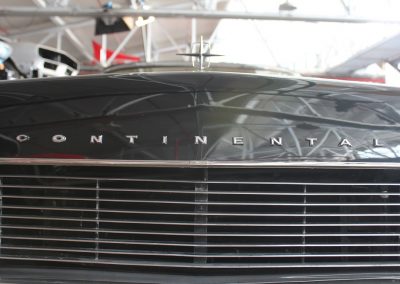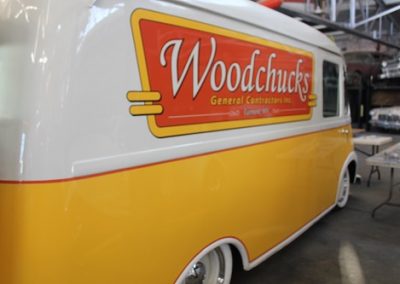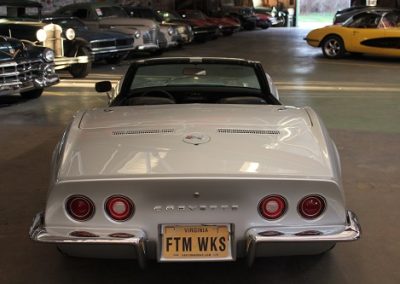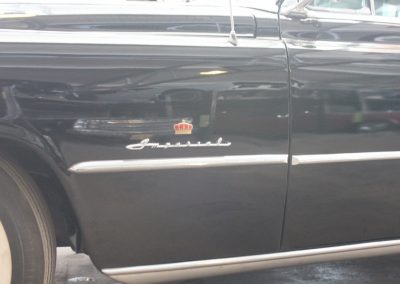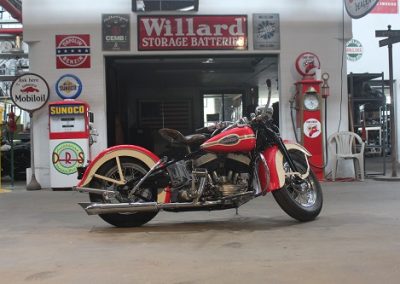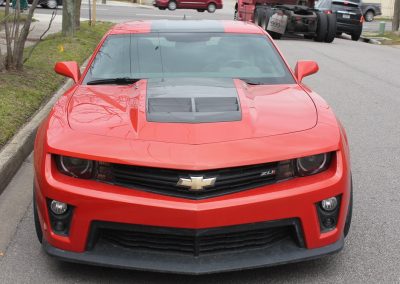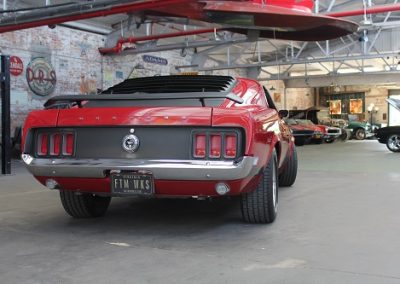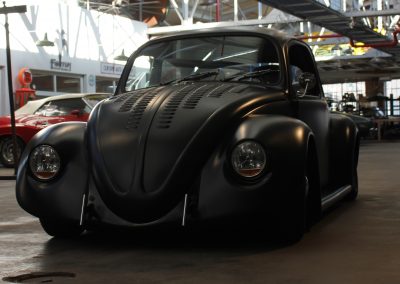1970 Dodge Challenger

As seen on Season Eight of FantomWorks
Owner Insight:
Explore the Project Galleries
Arrival
Trim & Detail
Finish
The Dodge Challenger is the name of three different generations of automobiles (two of those being pony cars) produced by American automobile manufacturer Dodge. However, the first use of the Challenger name by Dodge was in 1959 for marketing a “value version” of the full-sized Coronet Silver Challenger.
From model years 1970 to 1974, the first generation Dodge Challenger pony car was built using the Chrysler E platform in hardtop and convertible body styles sharing major components with the Plymouth Barracuda.
The second generation, from model years 1978 to 1983, was a badge engineered Mitsubishi Galant Lambda, a coupe version of an economical compact car.
The third and current generation is a pony car that was introduced in early 2008 originally as a rival to the evolved fifth generation Ford Mustang and the fifth generation Chevrolet Camaro.
Introduced in fall 1969 for the 1970 model year, the Challenger was one of two Chrysler E-body cars, the other being the slightly smaller Plymouth Barracuda. Positioned to compete against the Mercury Cougar and Pontiac Firebird in the upper end of the pony car market segment, it was “a rather late response” to the Ford Mustang, which debuted in April 1964. Even so, Chrysler intended the new Challenger as the most potent pony car ever and like the less expensive Barracuda, it was available in a staggering number of trim and option levels, and with virtually every engine in Chrysler’s inventory.
The Challenger’s longer wheelbase, larger dimensions, and more luxurious interior were prompted by the launch of the 1967 Mercury Cougar, likewise a bigger, more luxurious and more expensive pony car aimed at affluent young American buyers. The 110 in (2,794 mm) wheelbase was 2 in (51 mm) longer than the Barracuda’s, and the Dodge differed substantially in its sheetmetal, much as the Cougar differed from the shorter-wheelbase Mustang. Air conditioning and a rear window defogger were optional. With 1971 being the sole exception, the front ends of both cars differed from each other in that the Challenger had four headlights and the Barracuda had only two; this is similar to how the 1967–73 Mustangs and Cougars looked, as well as the 1967–69 Camaros and Firebirds.
Exterior design was penned by Carl Cameron, who was also responsible for the exterior designs of the 1966 Dodge Charger. Cameron based the 1970 Challenger grille on an older sketch of an unbuilt 1966 Charger prototype that was to have a turbine engine. Although the Challenger was well received by the public (with 76,935 produced for the 1970 model year), it was criticized by the press, and the pony car segment was already declining by the time the Challenger arrived. Sales fell dramatically after 1970, and though sales rose for the 1973 model year with over 27,800 cars being sold, Challenger production ceased midway through the 1974 model year. A total of 165,437 Challengers were sold over this generation’s lifespan.









